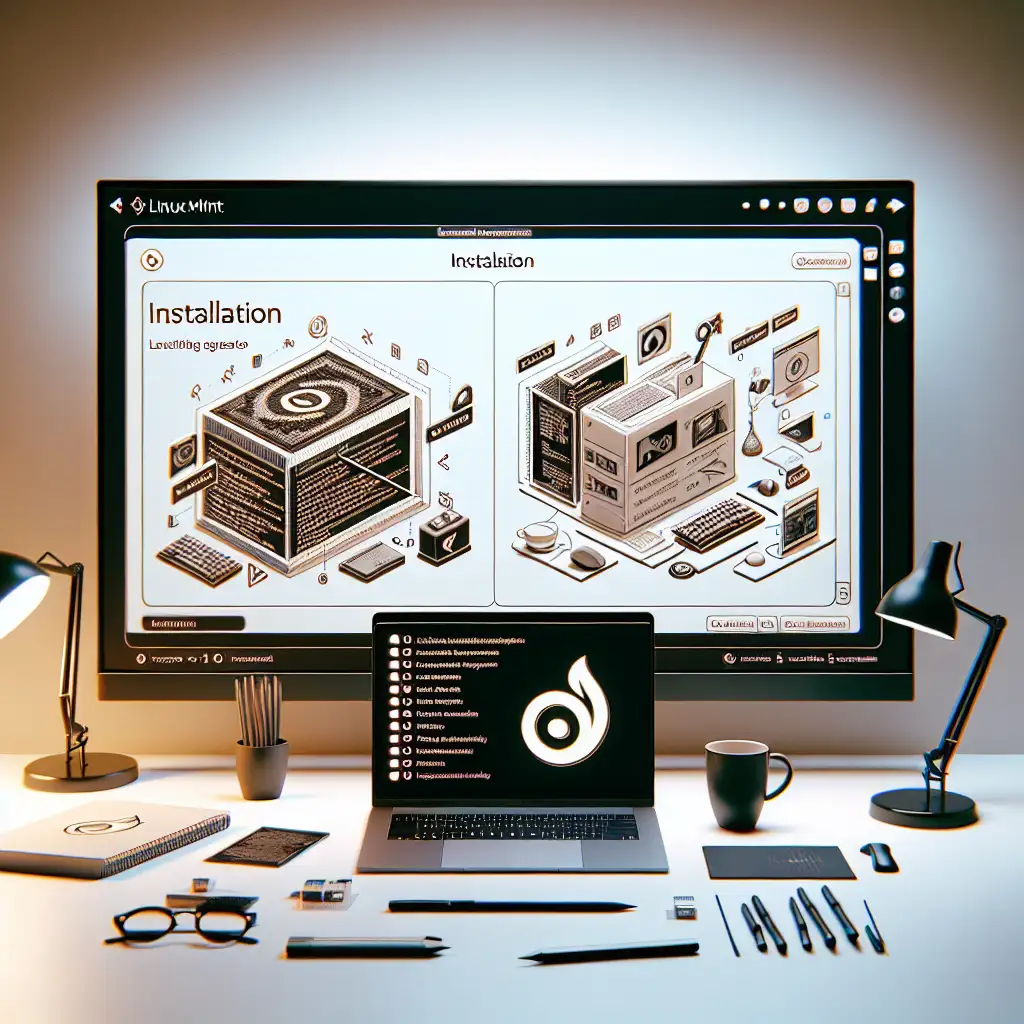Step-by-Step Guide to Installing Linux Mint for Maximum System Performance and Security
Generic installation guides often skip over foundational configuration. The result: suboptimal disk I/O, unnecessary attack surface, overlooked firmware tweaks. Here’s a direct approach, focusing on practical steps for secure, performant Linux Mint deployments—whether it’s for a daily workstation or a developer’s sandbox.
1. Pre-Install: Backups and Hardware Compatibility
Data loss is irrecoverable and—annoyingly—common during partitioning. Use rsync -a or Duplicity to back up essential files to external SSDs or cloud storage. On Linux:
rsync -a ~/Documents /media/ext-backup/Documents
Always verify backups by restoring sample files, not just trusting file timestamps.
Compatibility: Some Wi-Fi chipsets (e.g., Broadcom BCM43xx) require proprietary drivers. Validate support via the Linux Mint forums or with a live USB session.
2. Download & Validate Linux Mint ISO
Obtain the correct image from linuxmint.com/download.php. Cinnamon 21.2 (“Victoria”) is a common baseline as of mid-2024.
SHA256 validation is non-negotiable. Tampered ISOs can introduce rootkits.
sha256sum linuxmint-21.2-cinnamon-64bit.iso
# Compare output to reference hash on official site
Note: Hash mismatches often indicate a corrupt download or mirror issue; never proceed.
3. Create Bootable Media—Reliability Matters
Windows: Use Rufus with Partition Scheme “GPT”, File System “FAT32”.
Linux/macOS: balenaEtcher is safer for non-destructive writing, especially with UEFI images.
Low-level copy via dd (dangerous—select device carefully):
sudo dd if=linuxmint-21.2-cinnamon-64bit.iso of=/dev/sdX bs=4M status=progress conv=fsync
Gotcha: of=/dev/sdX must point to the device (not a partition). Mistakes here are permanent.
4. Firmware/UEFI Tuning for Security and Throughput
Access setup with DEL, F2, or as listed on-screen.
- UEFI mode only—legacy BIOS mode disables Secure Boot and fast boot. Use GPT partitioning.
- Secure Boot: It should work, but secure vs. compatibility tradeoffs apply. Disable only if required for drivers/modules.
- AHCI: SATA mode must be AHCI (not Intel RST/RAID) for Linux performance/compatibility.
- Virtualization: Enable VT-x/AMD-V preemptively.
- Firmware Password: Set one to protect UEFI settings against physical tampering.
Example: On Lenovo ThinkPads, disabling Secure Boot is required for proprietary NVIDIA drivers; on some Dells, it’s not.
5. Live Boot: Hardware Smoke Test
Boot USB, select “Start Linux Mint”. Typical UEFI systems recognize the stick through F12, F10, or ESC.
In Live mode, immediately test Wi-Fi, suspend/resume, graphics acceleration:
lspci | grep VGA
glxinfo | grep 'OpenGL renderer'
nmcli device wifi list
If network or graphics fail here, expect trouble post-install.
6. Launch Installer
The desktop icon starts the graphical installer. No CLI flags necessary.
7. Partitioning: Maximum Control
Disk layout impacts both speed and recoverability.
Manual partitioning enables tailoring:
| Mount Point | Size | Filesystem | Purpose | Notes |
|---|---|---|---|---|
| /boot/efi | 512 MB | FAT32 | UEFI bootloader | Required |
| / | 25–40 GB | ext4/btrfs | OS, apps | ext4 stable, btrfs offers snapshots |
| /home | Remainder | ext4/btrfs | User data | Isolates config/data; restoring OS is safer |
| swap | 1–2x RAM | swap | Suspend/overflow | 8 GB standard; hibernate needs >= RAM |
Tip: Full disk encryption via LUKS can be enabled in the installer UI (“Encrypt the new Linux Mint installation”). This protects against offline attacks if the drive is removed.
Known issue: Some NVMe drives have firmware bugs that interact poorly with hibernation; test sleep/wake cycles if relying on swap for suspend.
8. Advanced: LVM, Filesystems, and Encryption
LVM simplifies resizing and snapshotting; encryption at this layer isolates all partitions except /boot.
- Select “Use LVM” in the installer (requires manual partitioning if mixing with custom structure).
- For notebook users: enable both LVM and full-disk encryption for maximum resilience.
- For desktop: ext4 is easier to recover in case of file system corruption; btrfs adds self-healing at the cost of complexity.
Practical example:
sudo lvresize -r -L +20G mint-vg/root
The above resizes the root logical volume—no need to reimage in the future.
9. User Account: Password Hygiene
Do not enable auto-login unless physical security is guaranteed. Use passphrases over passwords; avoid dictionary words.
Non-obvious tip: Use a manager like pass or gopass to track different credentials—don’t recycle old ones.
10. Installation Complete: Eject Media, First Boot
Installer prompts for reboot—remove USB media early (some UEFI firmware will attempt to restart the installer otherwise).
11. Immediate Post-Install Hardening and Optimization
Update Immediately
First command, always:
sudo apt update && sudo apt full-upgrade -y
Kernel, microcode, and package updates close known CVEs.
Enable UFW Firewall
sudo ufw enable
sudo ufw status verbose
Disable Non-Essential Daemons
List running services:
systemctl list-unit-files --state=enabled
Disable unneeded services (example: cups if you do not use printers):
sudo systemctl disable cups
Performance: Power Management
Laptop users—install tlp:
sudo apt install tlp
sudo systemctl enable tlp
Reduces battery drain; check tlp-stat for effectiveness.
Some desktops benefit from cpufrequtils to manage governors for lower fan noise.
12. Leverage Mint Ecosystem Security Features
- Timeshift snapshotting is integrated in Mint; schedule frequent snapshots to external drives.
- For exposure to untrusted filesystems, install ClamAV or use
firejailto sandbox untrusted binaries.
sudo apt install firejail
firejail firefox
- For VPN use,
openvpnis robust, but NetworkManager profiles may require minor tweaks for DNS leak protection.
Practical Example: Recovering From Snapshot
If a system configuration breaks (/etc/apt/sources.list corruption common after mixing PPAs), boot Recovery Mode, mount root, and:
sudo timeshift --restore
Restores the system state to the previous snapshot—user data remains intact.
Final Notes
You rarely get “perfect” hardware support out-of-the-box, especially with very new laptops (2024 model year hardware may need backported kernels from Liquorix or OEM repos). Document your setup—your future self will appreciate a README detailing what drivers or tweaks you needed, especially after major upgrades.
—
Decisions here balance security and daily usability. For persistent multi-user environments, additional controls (AppArmor, auditd) may be warranted, but the steps above establish a robust baseline for most use cases.
